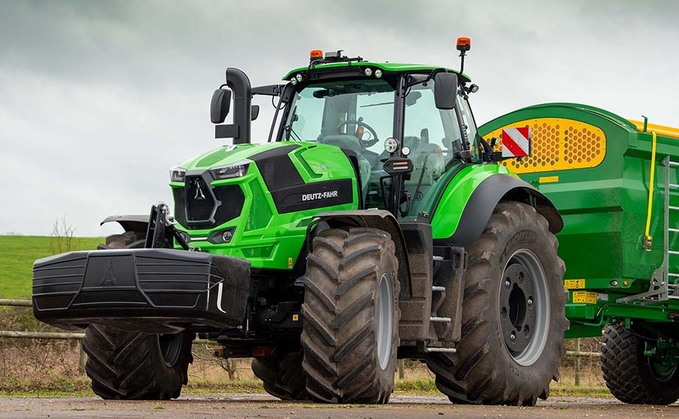
Representing an all-new market for Deutz-Fahr, we get an in-depth insight into its latest tractor development, the 8280TTV. James Rickard reports. Pictures by Marcello Garbagnoli. In Europe, the market...

Representing an all-new market for Deutz-Fahr, we get an in-depth insight into its latest tractor development, the 8280TTV. James Rickard reports. Pictures by Marcello Garbagnoli. In Europe, the market...

PEDIGREE HEREFORD BULL FOR SALE

PEDIGREE HEREFORD AND ANGUS BULLS FOR SALE

REGISTERED SHEEPDOG PUPS